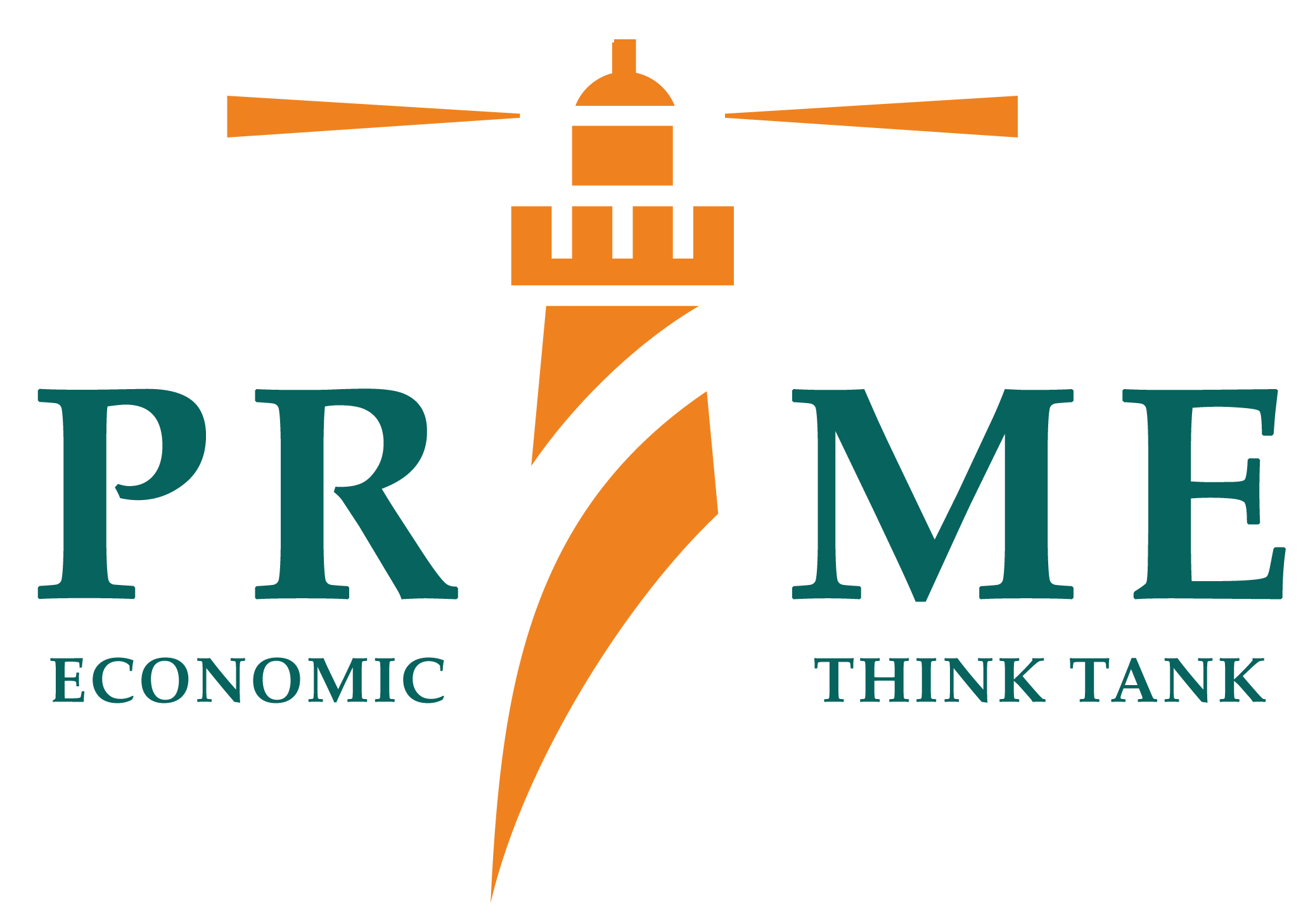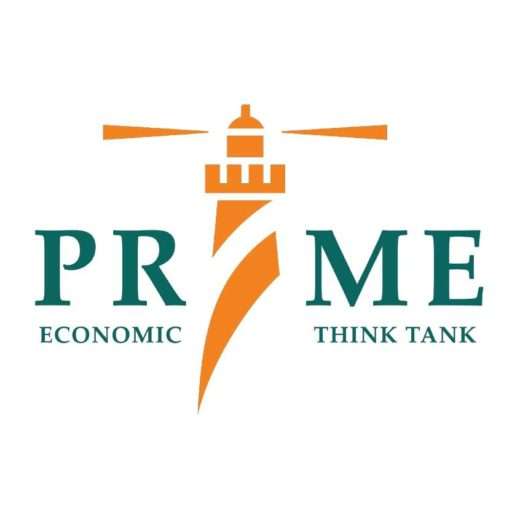During the last decade, Pakistan’s economy tackled several challenges: the energy crisis, terrorism and political instability. These stifled the country’s capacity to focus on macroeconomic stability resulting in current account and external account imbalances. The newly elected government of Pakistan took office in August 2018 and elected Imran Khan, chairman of the winning political party, as the 22nd prime minister of Pakistan. Having severely criticized the economic reforms agenda of governments over the last 22 years, this new government promised the public to come up with a strong mandate for economic reforms. These reforms vowed to not only focus on economic growth and development but also to improve the living standards of the poor. The Pakistan Tehreek-e-Insaaf (PTI) government guaranteed to increase the tax base, reform the Federal Bureau of Statistics, generate private sector activity, establish a 5 million unit housing project and improve foreign direct investment and remittances.
However, ever since the PTI government took office, like their predecessors they have claimed that Pakistan’s treasury is in fact empty. They expressed worry over the country being in need of at least 18 billion dollars. This would then enable the government to finance a severe short fall in foreign exchange arising from mounting import bills and debt financing, triggered by a sharp fall in exchange rate in term of dollars.
Pakistan landed into a macroeconomic crisis as early as March 2018 when the overall public debt burden reached Rs 28,297 billion on March 31, 2018. Amounting to every citizen being indebted with Rs1,36,700 on average. While there has been a continuous rise in import bills, the export to GDP ratio has declined from 11.2% in 2007 to 7.2% in 2017. To pacify the yawning gap between exports and imports the PTI government has charted down a strategy. One instance is of the government trying to assist exporters by discovering new markets overseas and working to improve the ease of doing business rankings. Furthermore, Pakistanis employed overseas have been requested to send their money back to Pakistan through formal banking channels so that country’s FOREX can be increased. However, with Pakistan’s low credit rating, the government knows it is difficult to raise any amount above two to three billion dollars from international markets. Another external factor which seem to have aggravated the financial crisis within the country is the rapid rise in oil prices in international markets.
Despite PTI’s initial reluctance to approach international agencies for short term economic bailout plans, the Finance Minister has entered negotiations with IMF, requesting for another bailout program. More than 35 percent of Pakistan’s public debt is external, and most of this debt is taken from multilateral lending institutions like IDP, ADB, IMF and World Bank etc. This policy brief critically analyses Pakistan’s approach to an IMF bailout program. It further sheds light on the historic context to provide a rationale, if any, in benefiting to stabilizing Pakistan’s macro economy through availability of short term lending support by IMF in coming months.
To read the report click on PDF
To read more, download the file:


